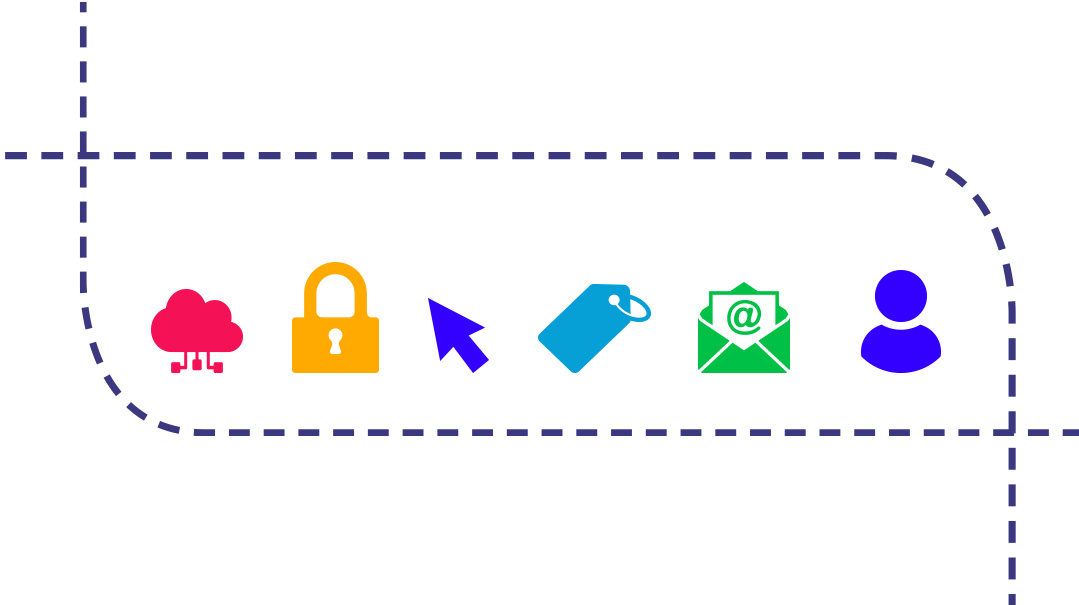Software Savvy: Part 3

Shlomo needs a project management solution

By Liora Waxman with Esther Kurtz
Last week, I spoke to Shlomo, a toy store owner who plans on producing his own line of toys. We discussed his need for a project management solution. He was overwhelmed by the numerous platform options available, and we met to choose a platform together.
Shlomo: This is stressing me out. Just tell me what’s important to look for.
Me: The best way to narrow down your options is to define what exactly you need from the platform. Even within the general category of project management, we can split up the platforms into two categories. There are those that offer pure project management, and those that offer project management with some work management aspects as well.
Shlomo: Work management! Another type of software? You didn’t mention that last week!
Me: You’re right, I didn’t. Because first you need to get to a point where you know that you need project management. Once we have that straight, we can narrow it down further: Do you want your software to manage only the projects, or the entire workflow as well?
Work Management vs. Project Management
Project management software manages projects. It streamlines processes, from creating the project to making task lists, to assigning those tasks to team members, to sharing information and keeping on top of its status. In short — it keeps the project organized from start to finish so that everyone knows where things are holding and what they should be doing.
What’s limiting about pure project management is that there are many things that need to be done at work that aren’t contained within the framework of a certain project. This can include small repetitive tasks that just need to get done, like backing up files, or other elements of the general workflow that can’t be split up into a clear list of tasks.
Often, other things need to be managed aside from projects. Like managing the employees’ time, or shared resources, or client communication. Project management platforms can’t do this.
That is where work management platforms come into play. Most businesses, though, need project management with only some work management capabilities, not the whole kit and caboodle. Some platforms do both. So when choosing a platform it’s important to consider which work management features are important to you.
Shlomo: Wow! Okay, so how do I know what I need?
Me: Let’s think together. I need you to describe every aspect of the business to me as well as you can.
Shlomo: So, we have an idea team that meets twice a month to discuss ideas for new toys that we can make, then the ideas go to the design team. Once approved, the product is sent to our main warehouse. We already have the warehouse and store under control, though — so we only need something to help with the production process.
Me: Okay. So far, everything that you described falls clearly into categories and can be done on a regular project management platform. That was the easy part. Now let’s try to consider the small details of your operation that might run more smoothly with proper work management software.
Shlomo: Like what?
Me: How do you communicate with your vendors? How do you pay them? Do you want your employees to clock their time on each project? How do you design the products? Would you want to create a template where you can just put in details about the product, and it will create a page with the design for you?
Shlomo: I didn’t even think of all that.
Me: Take some time to think about it. Work management can do a lot more than you thought.
Shlomo: So is that it? Once I figure that out then I know which platform to use?
Me: Not exactly. There is more than one platform in each of the categories that we spoke about. Once you know which category you need, you’re most of the way there, but there are a few more things that you need to take into consideration.
What else goes into deciding which platform to use?
Price
The prices for these platforms range drastically. There are free platforms, and Freemium models that are missing some important functions. Beyond the free platforms, the prices range. Before spending too much time learning about a platform, it’s worth checking if it’s in the budget.
Minimum Users
Payment is calculated per user and some platforms have minimums. If you have only two employees, and the user minimum is five, then you’ll be paying for three extra users you don’t need.
Sending emails from the platform?
If you need to communicate with external clients from the platform, you’ll want the platform to have an external email option. Not all of them do, so double check.
Ease of Use
Some platforms have a steep learning curve, and if your team isn’t familiar with management platforms and there isn’t a good support team in place, it’ll likely go to waste. Keep usability and your team’s skill level in mind.
Platform Security
Make sure to check if the platform abides by the security standards that you need, for example, HIPAA.
Shlomo: Wow. Those are a lot of things to look into.
Me: It’s a big decision. This platform will be the place where you run your entire operation. It’s worth putting in the extra effort now to make sure that you are set up to thrive.
In our next installment, we’ll discuss what to have in mind when choosing a project management platform. For questions, email: inbox@mishpacha.com
Liora Waxman is the Director of Content at TidyStack, a company that helps small businesses find software that will perfectly fit their needs. She can be contacted through Mishpacha.
(Originally featured in Mishpacha, Issue 948)
Oops! We could not locate your form.







